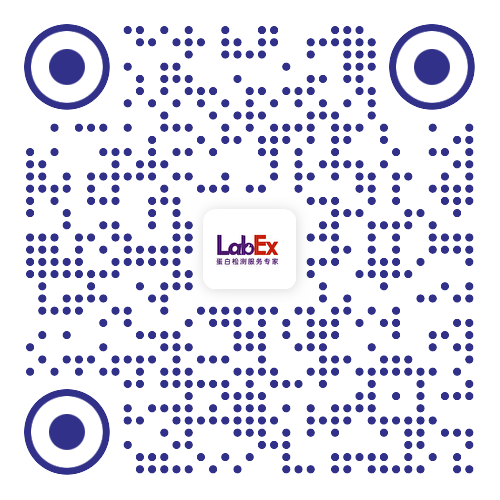Sox13 and M2-like leukemia-associated macrophages contribute to endogenous IL-34 caused accelerated progression of acute myeloid leukemia
- Cell Death Dis
- 9.6
- 2023 May 6;14(5):308.
- Human
- 流式
- 循环系统
- 循环系统
- 巨噬细胞
- 白血病
- IL-2
- doi: 10.1038/s41419-023-05822-z.
Abstract
Interleukin 34 (IL-34) mainly plays physiologic and pathologic roles through the sophisticated multi-ligand signaling system, macrophage colony-stimulating factor (M-CSF, CSF-1)/IL-34-CSF-1R axis, which exhibits functional redundancy, tissue-restriction and diversity. This axis is vital for the survival, differentiation and function of monocytic lineage cells and plays pathologic roles in a broad range of diseases. However, the role of IL-34 in leukemia has not been established. Here MLL-AF9 induced mouse acute myeloid leukemia (AML) model overexpressing IL-34 (MA9-IL-34) was used to explore its role in AML. MA9-IL-34 mice exhibited accelerated disease progression and short survival time with significant subcutaneous infiltration of AML cells. MA9-IL-34 cells showed increased proliferation. In vitro colony forming assays and limiting dilution transplantation experiments demonstrated that MA9-IL-34 cells had elevated leukemia stem cell (LSC) levels. Gene expression microarray analysis revealed a panel of differential expressed genes including Sex-determining region Y (SRY)-box 13 (Sox13). Furthermore, a positive correlation between the expressions of IL-34 and Sox13 was detected human datasets. Knockdown of Sox13 rescued the enhanced proliferation, high LSC level and subcutaneous infiltration in MA9-IL-34 cells. Moreover, more leukemia-associated macrophages (LAMs) were detected in MA9-IL-34 microenvironment. Additionally, those LAMs showed M2-like phenotype since they expressed high level of M2-associated genes and had attenuated phagocytic potential, suggesting that LAMs should also contribute to IL-34 caused adverse phenotypes. Therefore, our findings uncover the intrinsic and microenvironmental mechanisms of IL-34 in AML and broadens the knowledge of M-CSF/IL-34-CSF-1R axis in malignancies.
金课堂之文献解析 文献原文请点击
本网站销售的所有产品及服务均不得用于人类或动物之临床诊断或治疗,仅可用于工业或者科研等非医疗目的。











 沪公网安备31011502400759号
沪公网安备31011502400759号
 营业执照(三证合一)
营业执照(三证合一)


